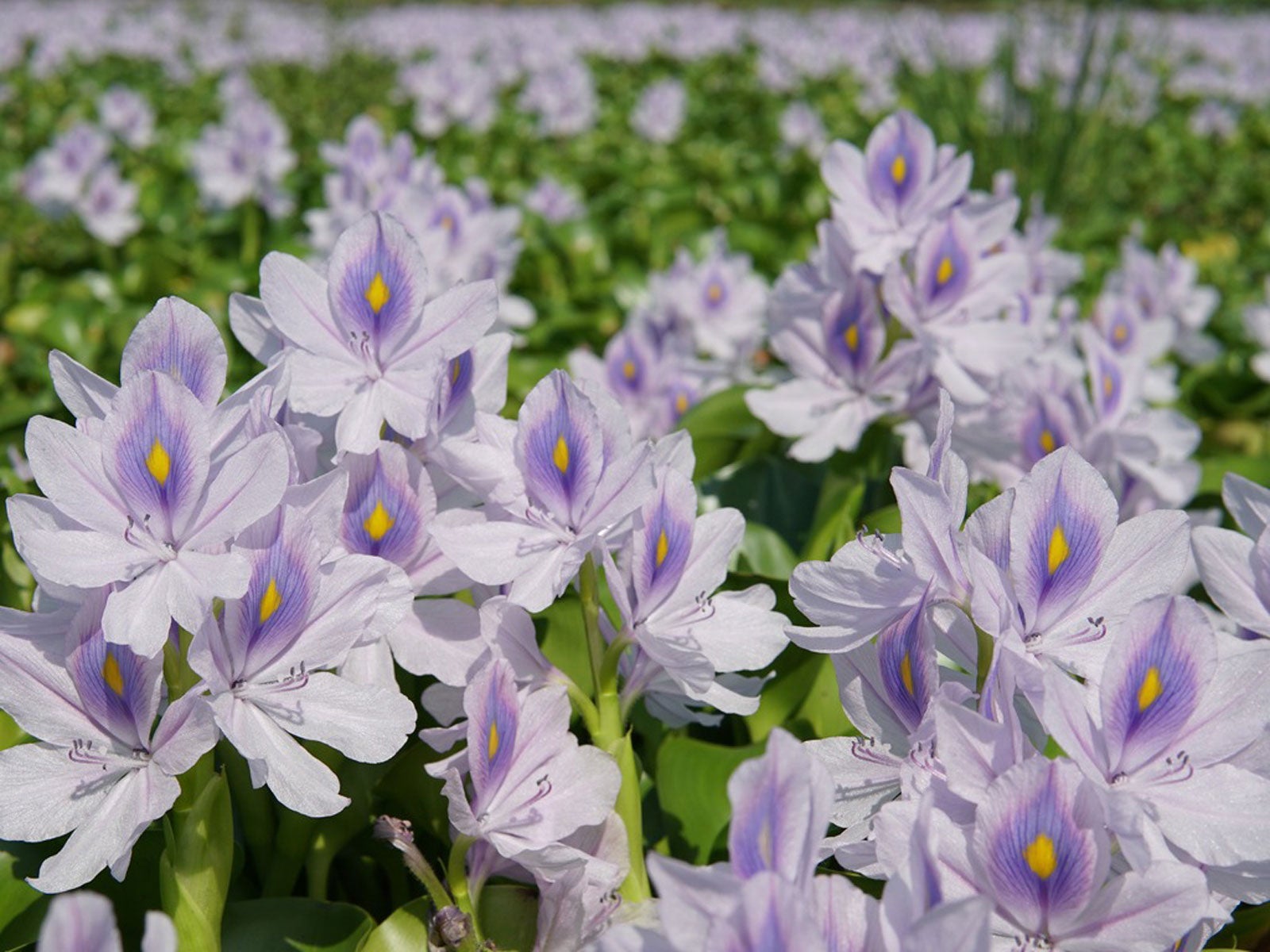Flowers Native To Swamps – Learn About Flowering Swamp Plants


Flowering swamp plants present a good solution for the gardener facing the challenge of a wet, swampy yard. Wetlands are simply another type of ecosystem. With the right plants, those that tolerate wet conditions, you can still enjoy a flowering garden in your backyard swamp.
Growing Wetland Flowers
While it may seem like an ecosystem that is less ideal for plants, a wetland or swamp area is home to a number of native plants, including pretty flowers. Swamp flowers and other plants that are native to your particular area should grow well with little intervention on your part.
The most important thing you can do to grow these flowers successfully is knowing their needs. Some, such as blue flag iris, need a few inches (8 cm.) of water to grow in. Others, like water lilies, root in the mud and float. They need a few feet (1 m.) of permanent standing water to grow.
Choosing Flowers Native to Swamps
Flowers that grow in swamp-like areas are varied and can depend on a particular climate. You can check with your local extension office to make sure the flowers you choose will grow well in your ecosystem and growing conditions. Examples of wetland flowers to try in your swampy garden include:
- Water hyacinth. Hardy to zones 8 to 11, water hyacinth plants have striking pale purple blooms similar in appearance to hyacinth flowers, hence the name. These floating plants require regular thinning to control spread, however.
- Northern blue flag. The blue flag is a stunning iris that is a perennial swamp bloomer. Just watch out for the yellow flag, which is invasive in North America.
- Marsh marigold. Marsh marigold is an early bloomer that produces sunny, yellow flowers as early as March.
- Swamp azalea. For a flowering shrub, choose swamp azalea, a rhododendron relative. It can grow up to 8 feet (2 m.) tall and produces fragrant flowers in white or pink in midsummer.
- Red twig dogwood. Another flowering shrub for wetlands is red twig dogwood. Not only does it produce pretty spring flowers, but it also provides winter interest with its stunning, red branches.
- Joe-Pye weed. While some may consider this a weed, Joe-Pye is more accurately a native wildflower. The plants grow tall, up to 6 feet (2 m.), and topped by impressive clusters of small white or pink flowers.
- Rose mallow. This hibiscus plant produces white or pink flowers. Rose mallow is durable and easy to grow in swamps.
- Pickerelweed. Another wildflower for wetlands is the pickerelweed. This is a tough plant that is easy to grow. It produces spikes of attractive blue flowers.
- Water lily. For permanent ponds in your landscape, choose water lilies. These flowering plants anchor to the bottom soil and produce large single flowers.
- American lotus. Another anchored floating plant is the lotus. These plants produce striking yellow flowers on the top of tall stems. They may rise a few feet (1 m.) above the surface of the water.
Sign up for the Gardening Know How newsletter today and receive a free copy of our e-book "How to Grow Delicious Tomatoes".

Mary Ellen Ellis has been gardening for over 20 years. With degrees in Chemistry and Biology, Mary Ellen's specialties are flowers, native plants, and herbs.